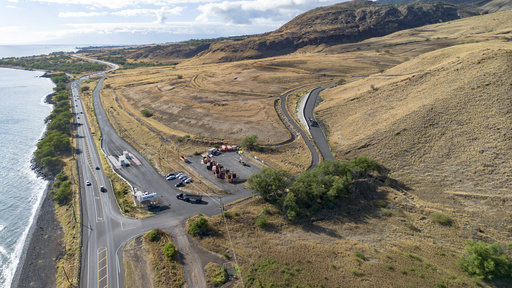In Lahaina, Hawaii, Hinano Rodrigues reminisces about his childhood experiences with his grandmother in the Olowalu ahupuaa, where he learned the significance of the Native Hawaiian land division system, Ahupuaa. However, the area is now housing a temporary landfill for debris from a devastating wildfire that hit Lahaina, raising concerns about its long-term effects on the environment and residents.
The landfill in Olowalu has sparked a legal battle over its permanency and the potential hazards it poses to the ecosystem. With concerns about contamination of the nearby coral reef and potential impacts on cultural sites and burial grounds, residents like Rodrigues and others are voicing their worries about the landfill’s presence in their community.
The logistics of handling debris post-wildfires are challenging, as seen in California after the Camp Fire in Paradise. On Maui, clearing destroyed lots, addressing environmental worries, and disagreements over a permanent disposal site for the debris have prolonged the process.
Amidst demands to relocate the debris from Olowalu, Maui County is pursuing a privately owned quarry as a permanent dump site, leading to further legal disputes. The company owning the land is contesting the county’s eminent domain actions, complicating the situation even more.
Cultural concerns have also been raised, with worries about ancient burial sites and sacred Hawaiian shrines being impacted by the landfill operation. While alternatives are being explored, the community remains divided over the best course of action to address the debris issue in a way that respects both cultural heritage and environmental stewardship.


